Pump Shaft: An Overview
1. Introduction to Pump Shaft
Pump shafts are critical components in the functioning of pumps, serving as the primary conduit for transferring mechanical energy to the impeller or rotor.
Definition
A pump shaft is a mechanical component that transmits rotational energy from the motor to the pump impeller or rotor, enabling the pump to move fluid effectively. The pump shaft must be durable and precisely engineered to ensure the smooth operation of the pump.
Material
Pump shafts are typically made from materials that offer high strength, durability, and resistance to corrosion and wear. Common materials include:
Stainless Steel: Known for its excellent corrosion resistance, making it ideal for use in various environments.
Carbon Steel: Offers good strength and wear resistance, suitable for general applications.
Alloy Steel: Provides enhanced mechanical properties, including toughness and resistance to fatigue.
Duplex Stainless Steel: Combines high strength with excellent corrosion resistance, ideal for harsh environments.
Nickel Alloys: Used for high-temperature and highly corrosive environments due to their superior resistance to oxidation and corrosion.
1.1. Types of Pump Shafts
Solid Shafts: Made from a single piece of metal, offering high strength and rigidity.
Hollow Shafts: Reduce weight without significantly compromising strength, used in applications where weight reduction is critical.
Splined Shafts: Feature grooves or splines that provide a strong connection with minimal play, ensuring efficient power transfer.
Tapered Shafts: Designed with a conical shape to facilitate precise alignment and secure fitting with other components.
1.2. Pump Shaft Turning Techniques
Turning is a fundamental machining process used to shape pump shafts. Various techniques include:
Straight Turning: Produces a cylindrical shape by removing material along the shaft’s length.
Taper Turning: Creates a conical shape by adjusting the cutting tool angle.
Thread Turning: Adds threads to the shaft for screw connections.
Groove Turning: Forms grooves or recesses on the shaft surface for specific applications.
2. Cost Considerations of Pump shaft manufacturing
The cost of manufacturing pump shafts depends on several factors:
Material Costs: The type and quality of material used significantly impact the overall cost.
Machining Complexity: More complex designs and tighter tolerances increase machining time and cost.
Production Volume: Higher production volumes can reduce per-unit costs through economies of scale.
Surface Finishing: Additional surface finishing processes add to the overall cost but enhance the shaft’s performance and longevity.
3. Surface Finishing Processes of Pump Shaft
Surface finishing processes are crucial for improving the performance and durability of pump shafts:
Polishing: Achieves a smooth, reflective surface, reducing friction and wear.
Plating: Adds a protective layer (e.g., chrome plating) to enhance wear and corrosion resistance.
Anodizing: Used primarily for aluminum shafts to increase corrosion resistance.
Coating: Protective coatings, such as powder coating or paint, provide additional protection against environmental factors.
4. Quality Control of Pump Shaft
Ensuring high quality in pump shaft manufacturing involves rigorous quality control measures:
Dimensional Inspections: Precision measuring tools ensure shafts meet specified tolerances.
Material Testing: Verifies that material properties meet required standards.
Surface Quality Checks: Inspects the surface finish for defects or inconsistencies.
Functional Testing: Ensures the shaft performs correctly in its intended application.
5. Benefits of Pump Shafts
Pump shafts offer several benefits, including:
Efficient Power Transmission: Ensures smooth and effective transfer of mechanical energy.
Durability: Made from high-quality materials to withstand harsh operating conditions.
Corrosion Resistance: Materials like stainless steel and nickel alloys provide excellent resistance to corrosion.
Customizability: Can be tailored to specific requirements, including dimensions, material, and surface finish.
6. How to Manufacture Pump Shafts
Manufacturing pump shafts involves several steps:
Material Selection: Choose the appropriate material based on the application and environmental conditions.
Cutting: Raw material is cut to the required length.
Turning: The shaft undergoes various turning techniques to achieve the desired shape and dimensions.
Heat Treatment: Enhances the mechanical properties such as hardness and strength.
Surface Finishing: Applies necessary surface treatments to improve performance and longevity.
Quality Control: Conducts rigorous testing and inspections to ensure the shaft meets all specifications and standards.
Conclusion
Pump shafts are essential components that ensure the efficient operation of pumps by transmitting power from the motor to the impeller or rotor. Understanding the materials, types, machining techniques, and quality control measures involved in pump shaft manufacturing is crucial for producing high-quality, durable, and reliable shafts.
For more information on pump shafts and our manufacturing capabilities, visit Welleshaft.

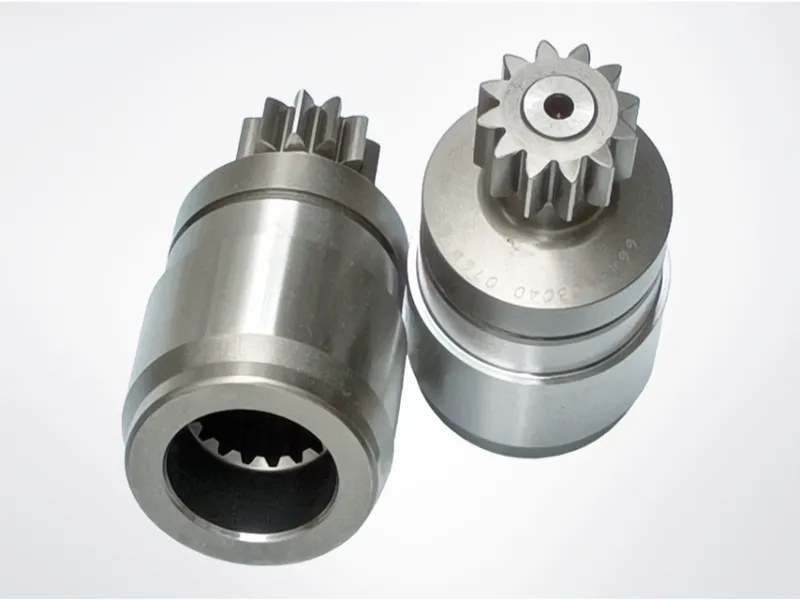
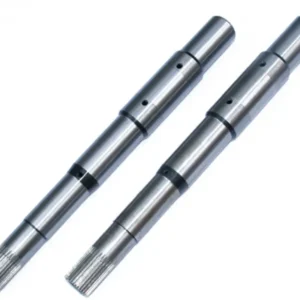
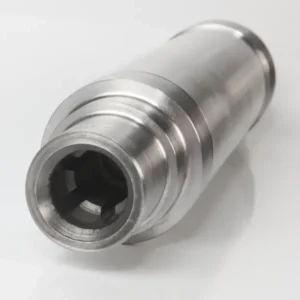
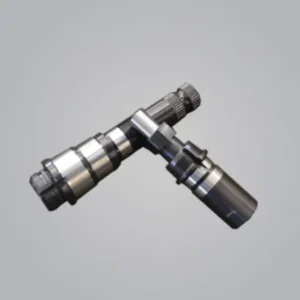
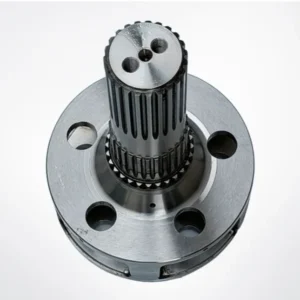
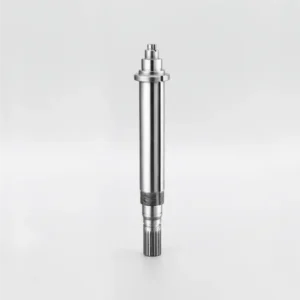
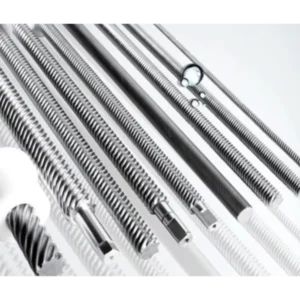
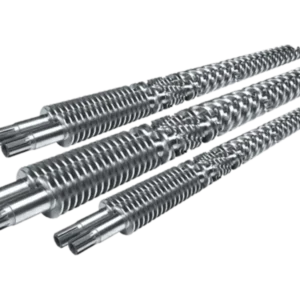
Reviews
There are no reviews yet.